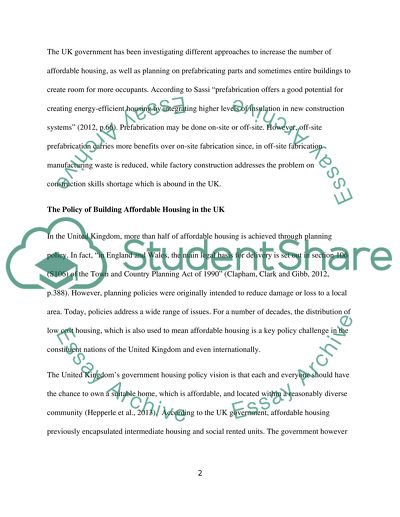Cite this document
(Lack of Affordable Housing in the United Kingdom Coursework, n.d.)
Lack of Affordable Housing in the United Kingdom Coursework. https://studentshare.org/politics/1611721-critical-thinking
Lack of Affordable Housing in the United Kingdom Coursework. https://studentshare.org/politics/1611721-critical-thinking
(Lack of Affordable Housing in the United Kingdom Coursework)
Lack of Affordable Housing in the United Kingdom Coursework. https://studentshare.org/politics/1611721-critical-thinking.
Lack of Affordable Housing in the United Kingdom Coursework. https://studentshare.org/politics/1611721-critical-thinking.
“Lack of Affordable Housing in the United Kingdom Coursework”. https://studentshare.org/politics/1611721-critical-thinking.


